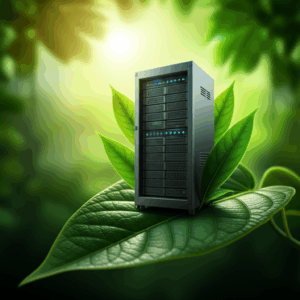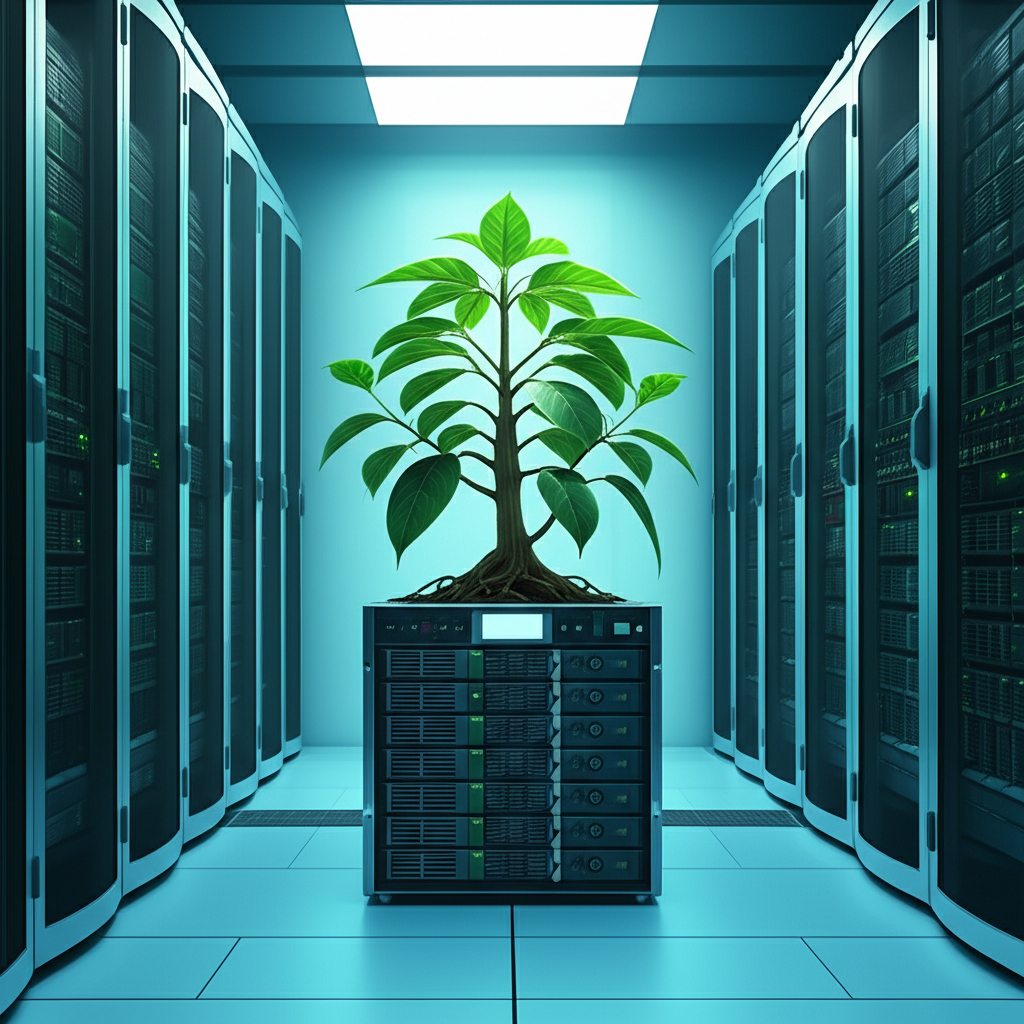- What is Eco-Friendly Hosting?
- The Benefits of Choosing Eco-Friendly Hosting
- Eco-Friendly Hosting: Exploring the Different Approaches
- Renewable Energy Certificates (RECs)
- Carbon Offsetting
- Energy-Efficient Infrastructure
- Is Eco-Friendly Hosting Truly Sustainable? A Critical Look
- Choosing an Eco-Friendly Host: What to Look For
- Conclusion: Embracing a Greener Digital Future
Eco-Friendly Hosting: Best Sustainable Choice?
Eco-friendly hosting is becoming increasingly popular as businesses and individuals seek ways to reduce their environmental impact. But is it truly the best sustainable choice? With a growing number of providers claiming to offer green web hosting, understanding the nuances of this industry is crucial for making informed decisions. This article delves into the world of sustainable web hosting, exploring its benefits, drawbacks, and what to look for when choosing a provider.
What is Eco-Friendly Hosting?

At its core, eco-friendly hosting, also known as green hosting, aims to minimize the environmental footprint of web servers. Traditional data centers consume vast amounts of energy, contributing significantly to carbon emissions. Green hosting providers tackle this issue through various strategies, including using renewable energy sources, investing in carbon offsetting projects, and implementing energy-efficient hardware and infrastructure.
The Benefits of Choosing Eco-Friendly Hosting
Opting for eco-friendly hosting offers several compelling advantages:
Reduced Carbon Footprint: By utilizing renewable energy sources like solar, wind, or hydro power, green hosting providers significantly reduce their reliance on fossil fuels, directly contributing to lower carbon emissions. This helps combat climate change and promotes a healthier planet.
Support for Renewable Energy: Choosing a green host demonstrates your commitment to sustainable practices and helps drive demand for renewable energy. This encourages further investment in clean energy technologies and infrastructure.
Enhanced Brand Image: In an increasingly environmentally conscious world, showcasing your commitment to sustainability can enhance your brand image and resonate with customers who prioritize eco-friendly practices. This can translate into increased customer loyalty and attract new clients who share similar values.
Energy Efficiency and Cost Savings: Many green data centers utilize energy-efficient hardware and cooling systems, which can lead to long-term cost savings for the provider, some of which may be passed on to the consumer.
Eco-Friendly Hosting: Exploring the Different Approaches
Different hosting providers employ various strategies to achieve eco-friendliness. Understanding these approaches is crucial for evaluating their true impact:
Renewable Energy Certificates (RECs)
Many providers invest in RECs, which represent the environmental attributes of one megawatt-hour (MWh) of electricity generated from renewable sources. Purchasing RECs helps support the development of renewable energy projects, but it doesn’t necessarily mean the data center itself is powered directly by renewables.
Carbon Offsetting
Carbon offsetting involves investing in projects that reduce greenhouse gas emissions elsewhere, such as planting trees or investing in methane capture projects. While offsetting can be a valuable tool, it’s essential to ensure the projects are credible and verifiable.
Energy-Efficient Infrastructure
Some providers focus on building highly energy-efficient data centers, utilizing technologies like free air cooling, virtualization, and optimized server configurations to minimize energy consumption.
Is Eco-Friendly Hosting Truly Sustainable? A Critical Look
While eco-friendly hosting represents a positive step towards sustainability, it’s important to acknowledge some potential limitations:
Greenwashing Concerns: Some providers may exaggerate their environmental claims without sufficient transparency or verifiable certifications. It’s crucial to carefully scrutinize their practices and look for credible third-party certifications.
The Complexity of Measuring Impact: Accurately quantifying the environmental benefits of green hosting can be complex, making it challenging to compare different providers and assess their true sustainability.
The Ongoing Need for Innovation: The digital world continues to grow, requiring ongoing innovation in data center efficiency and renewable energy technologies to truly achieve long-term sustainability.
Choosing an Eco-Friendly Host: What to Look For
When selecting an eco-friendly hosting provider, consider the following factors:
Transparency and Certifications: Look for providers that are transparent about their environmental practices and have obtained reputable certifications, such as those offered by Green-e or the Environmental Protection Agency’s Green Power Partnership.
Specific Green Initiatives: Inquire about the specific initiatives the provider is undertaking, such as using renewable energy sources, investing in carbon offsetting, or implementing energy-efficient hardware.
Data Center Location and Efficiency: Consider the location and design of the data center, as these factors can significantly impact energy consumption.
* Price and Performance: Eco-friendly hosting shouldn’t come at the expense of performance or affordability. Compare pricing and features with traditional hosting providers to ensure you are getting a good value.
Conclusion: Embracing a Greener Digital Future
Eco-friendly hosting offers a valuable opportunity to reduce the environmental impact of your online presence. By carefully choosing a provider and understanding the various approaches to green hosting, you can make a more sustainable choice and contribute to a greener digital future. While challenges remain, the growing demand for eco-friendly hosting is driving innovation and pushing the industry towards greater sustainability, making it a promising step in the right direction.











Leave a Reply